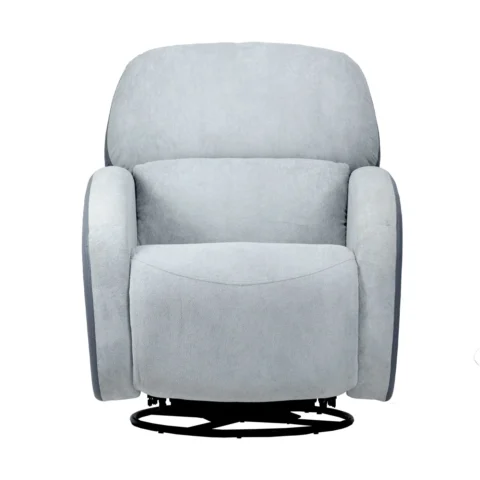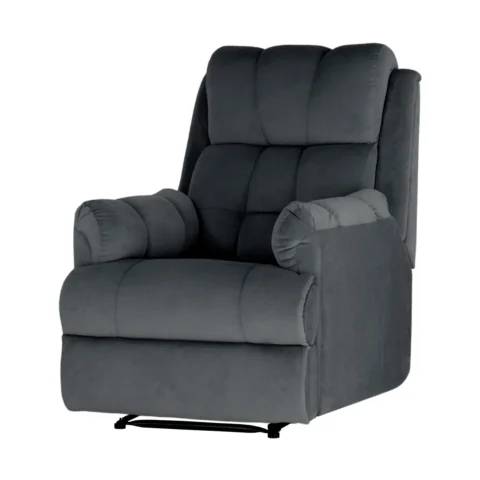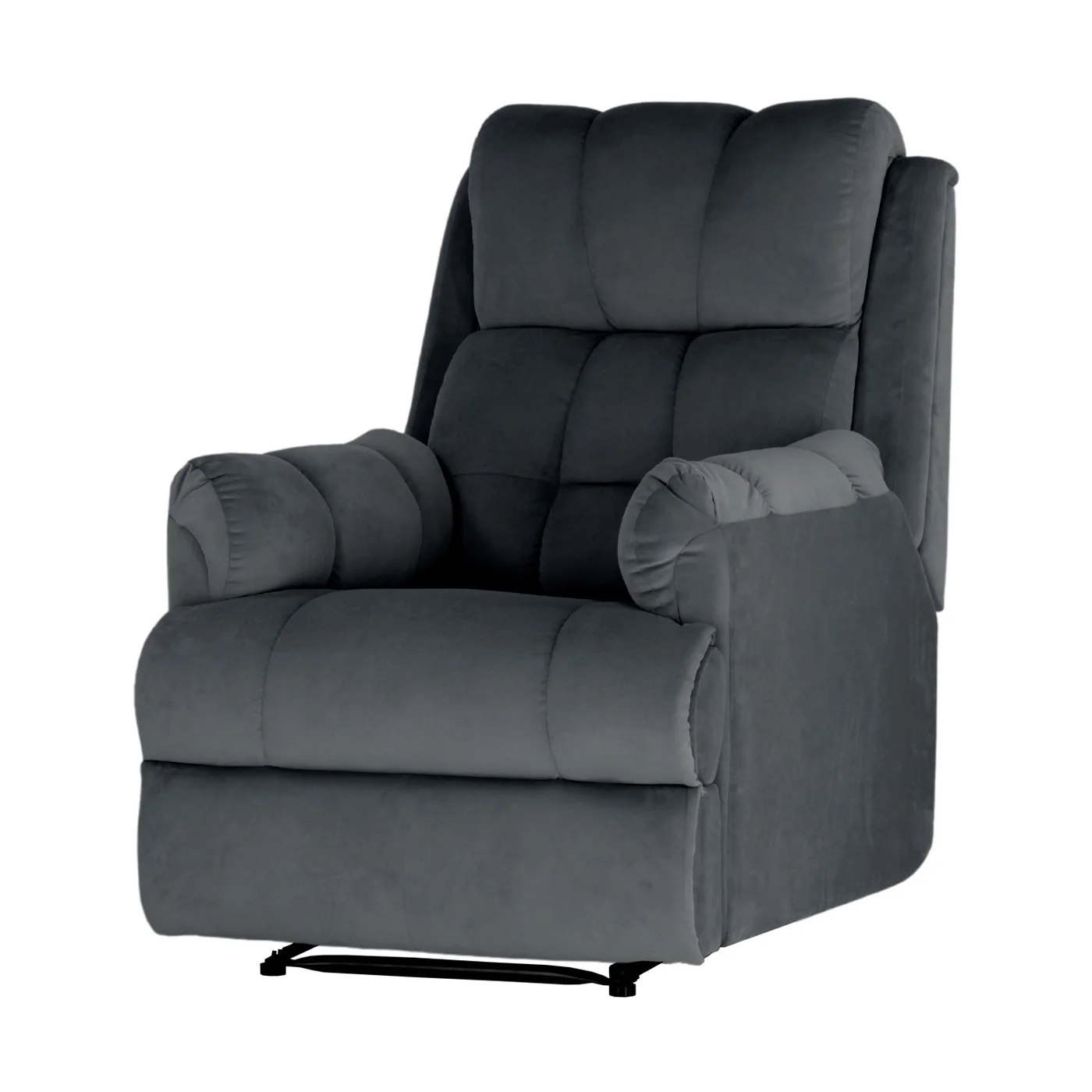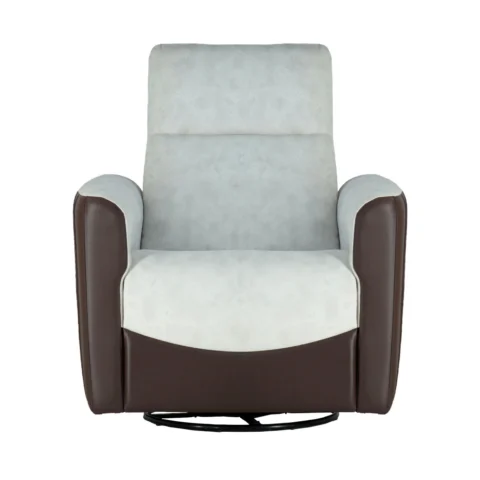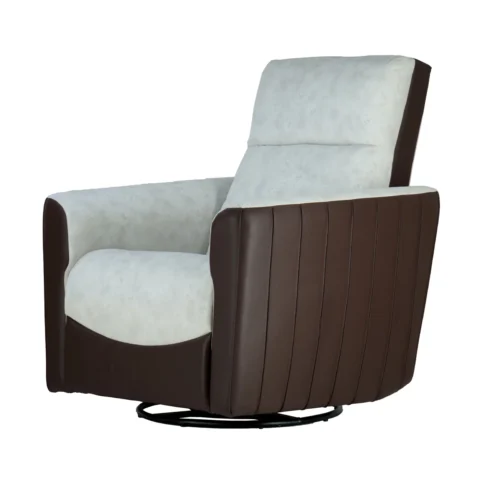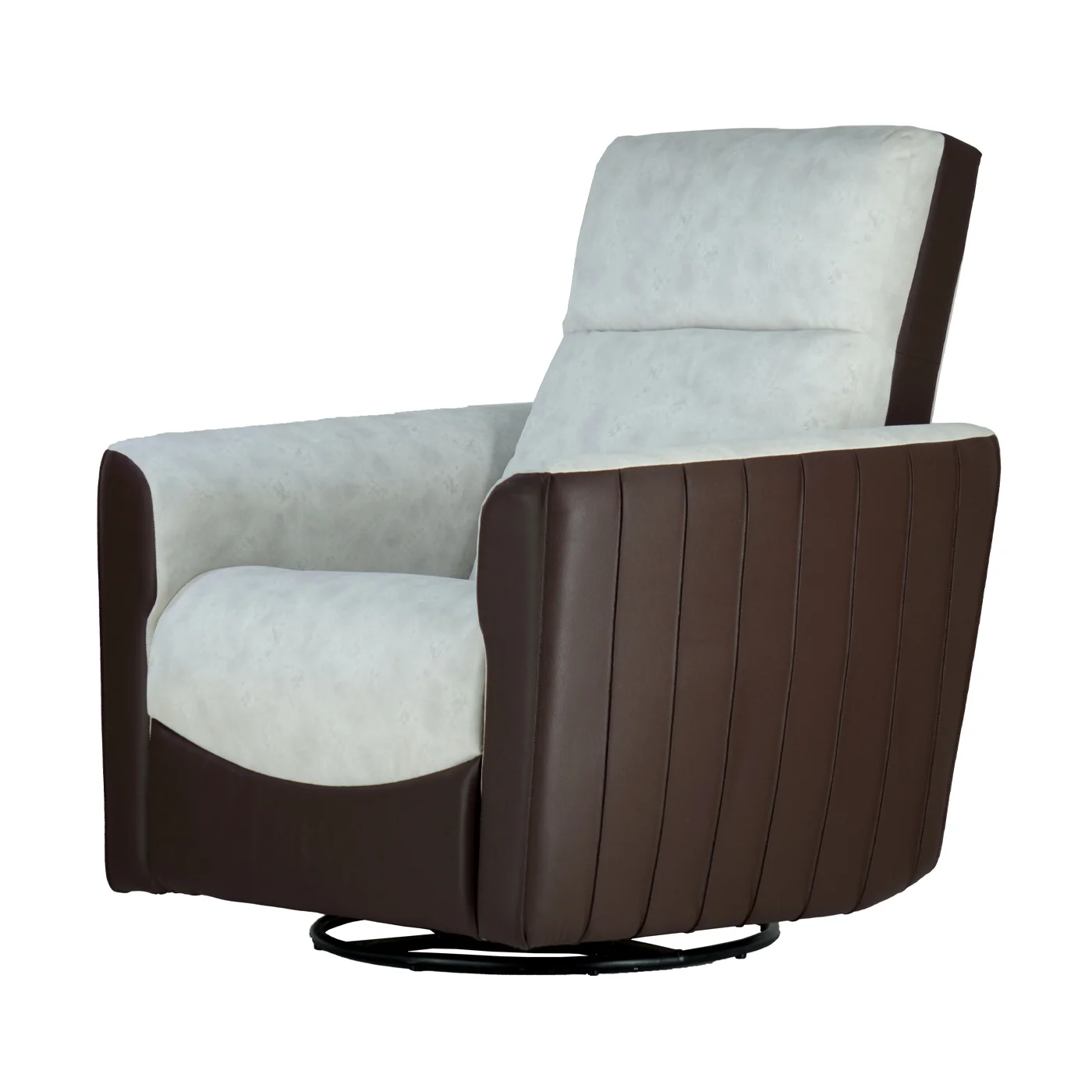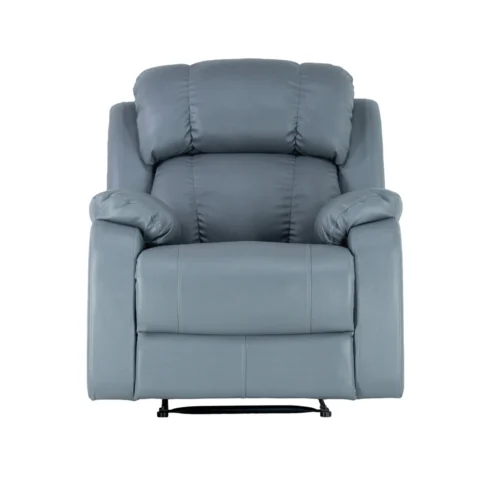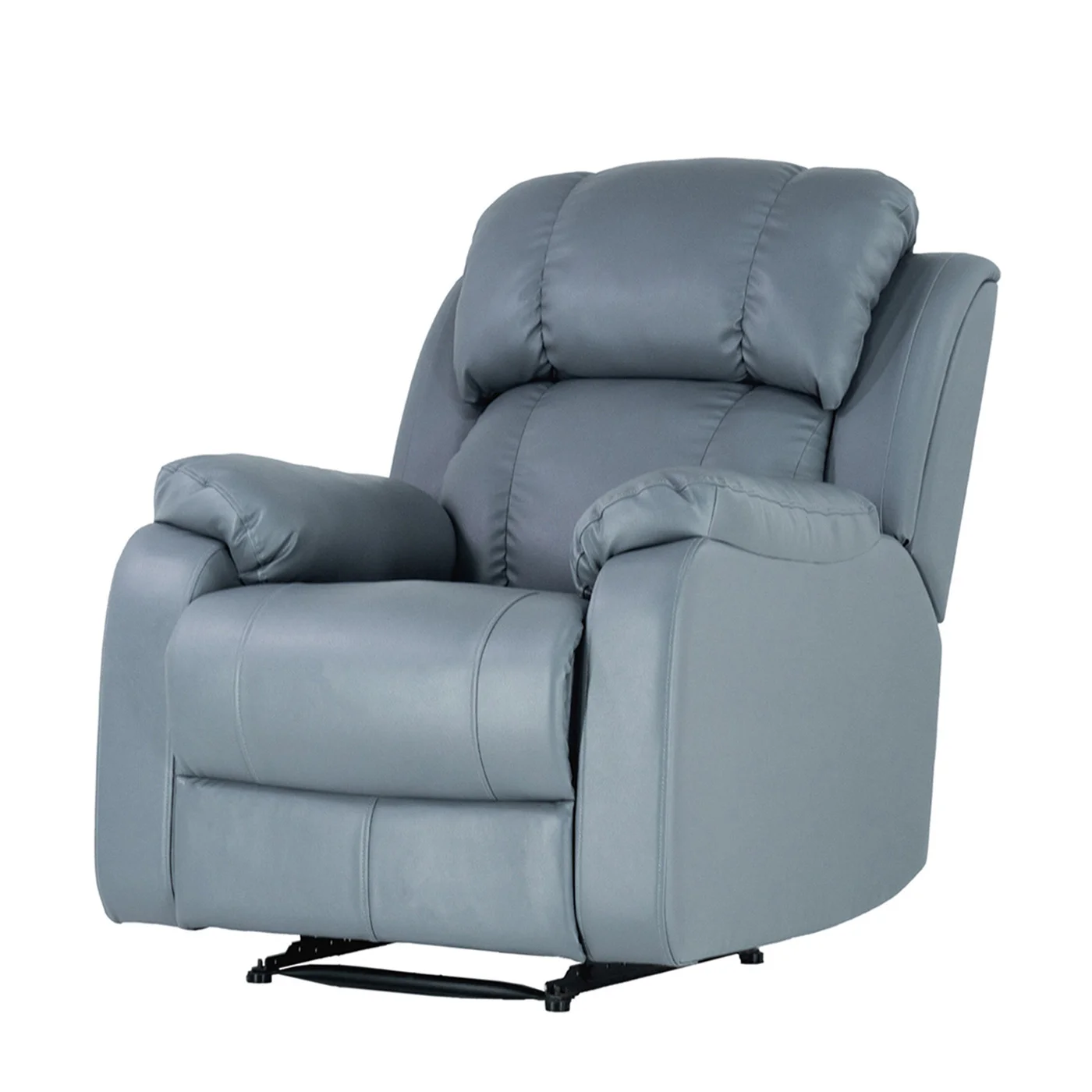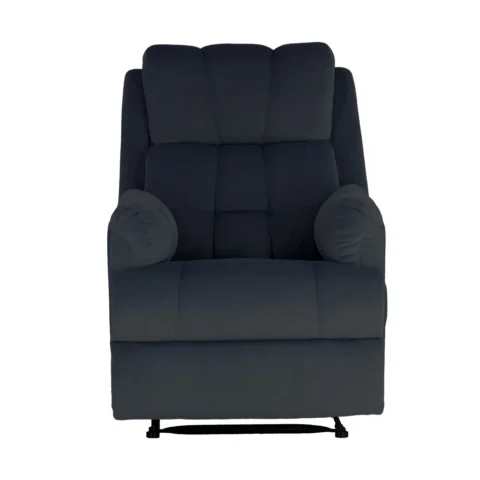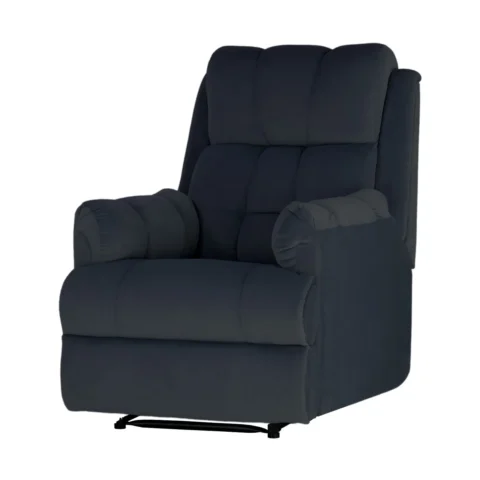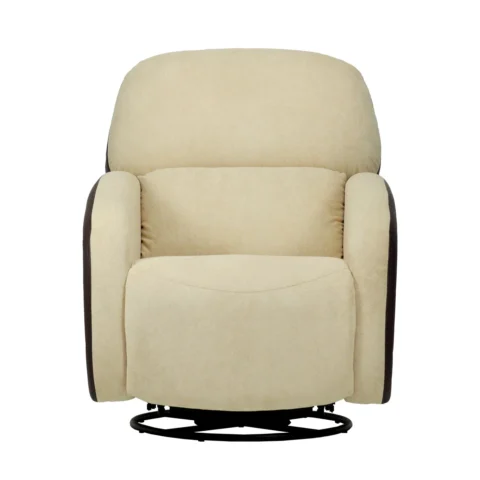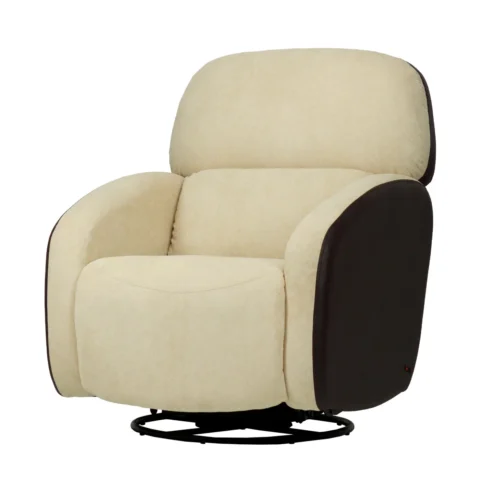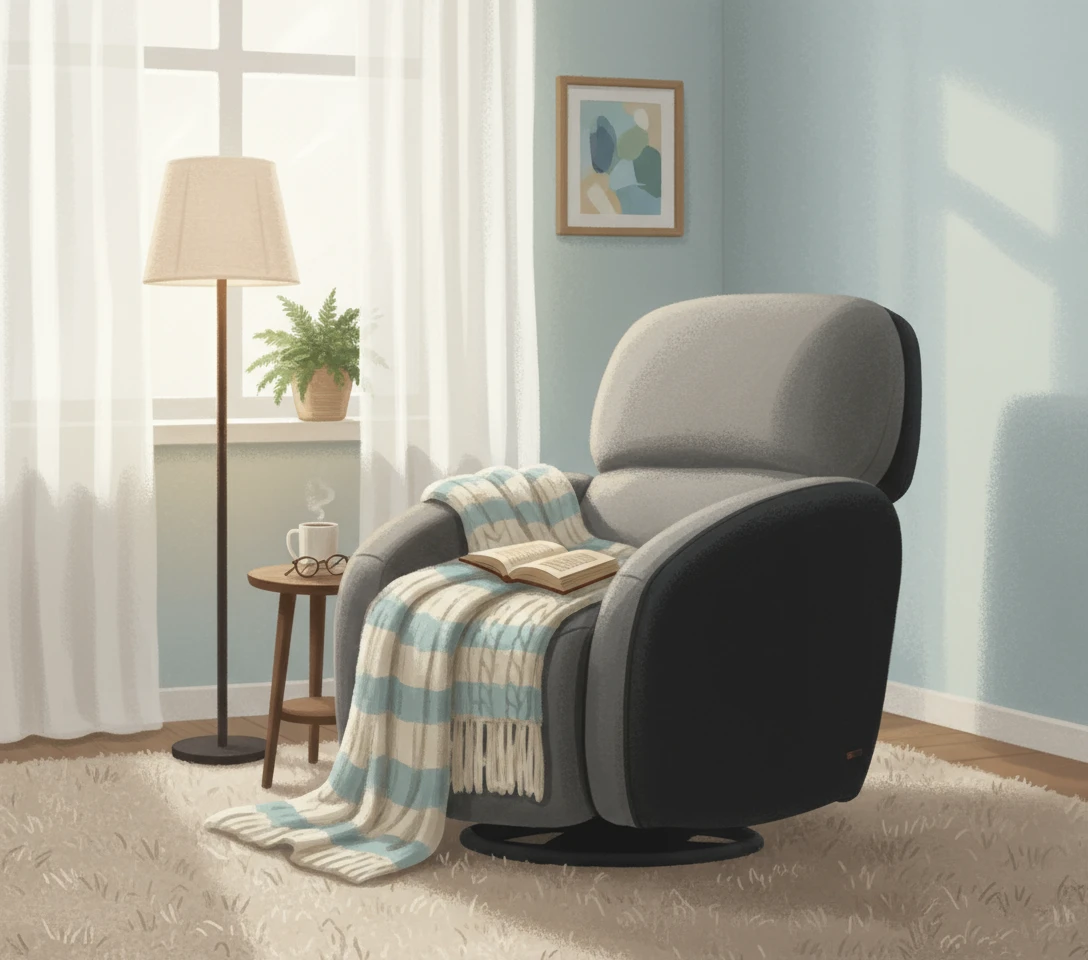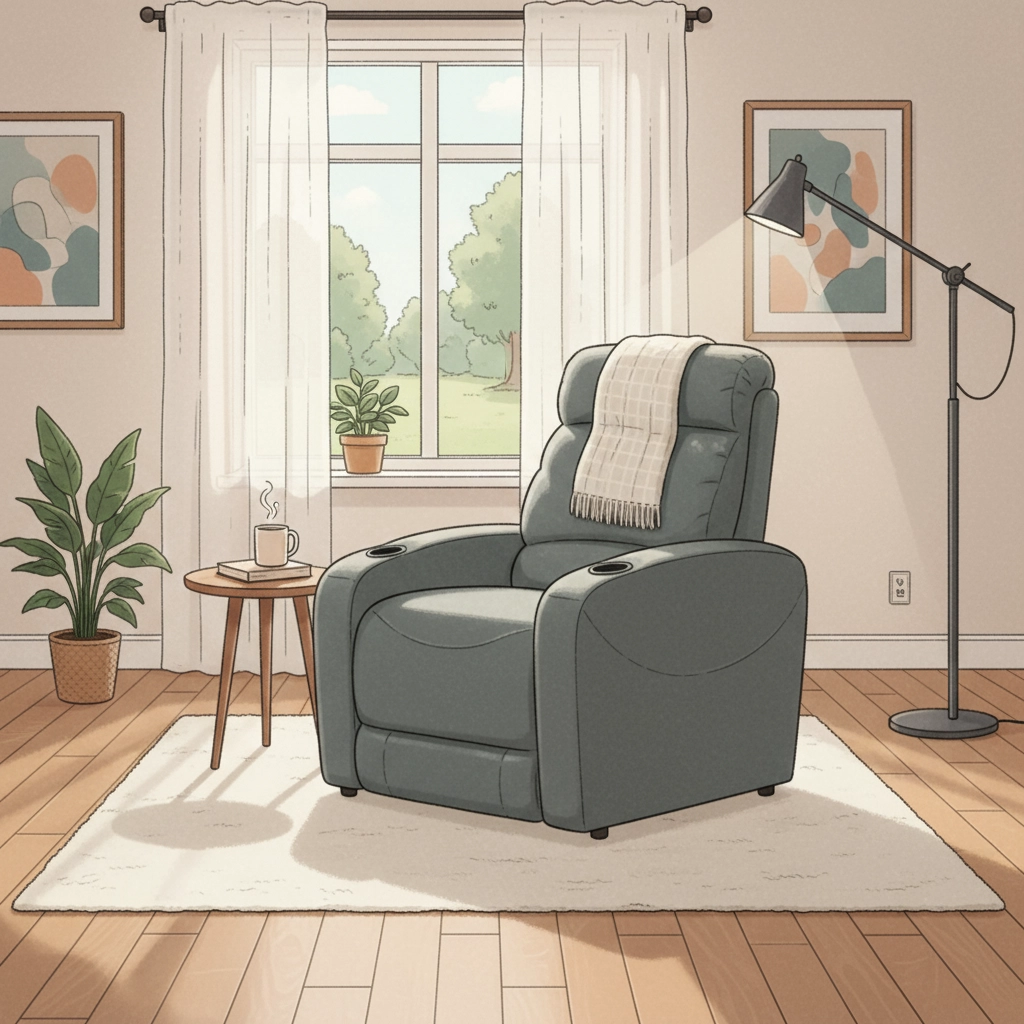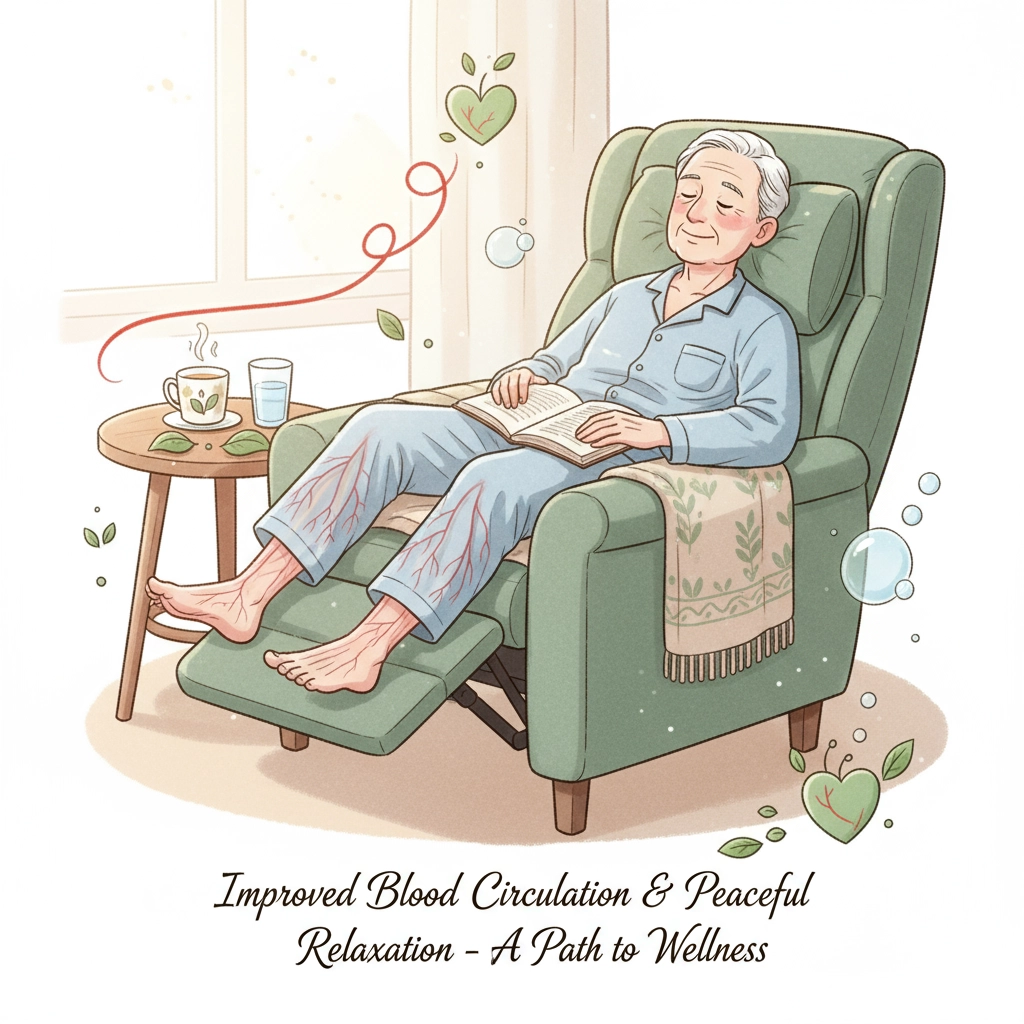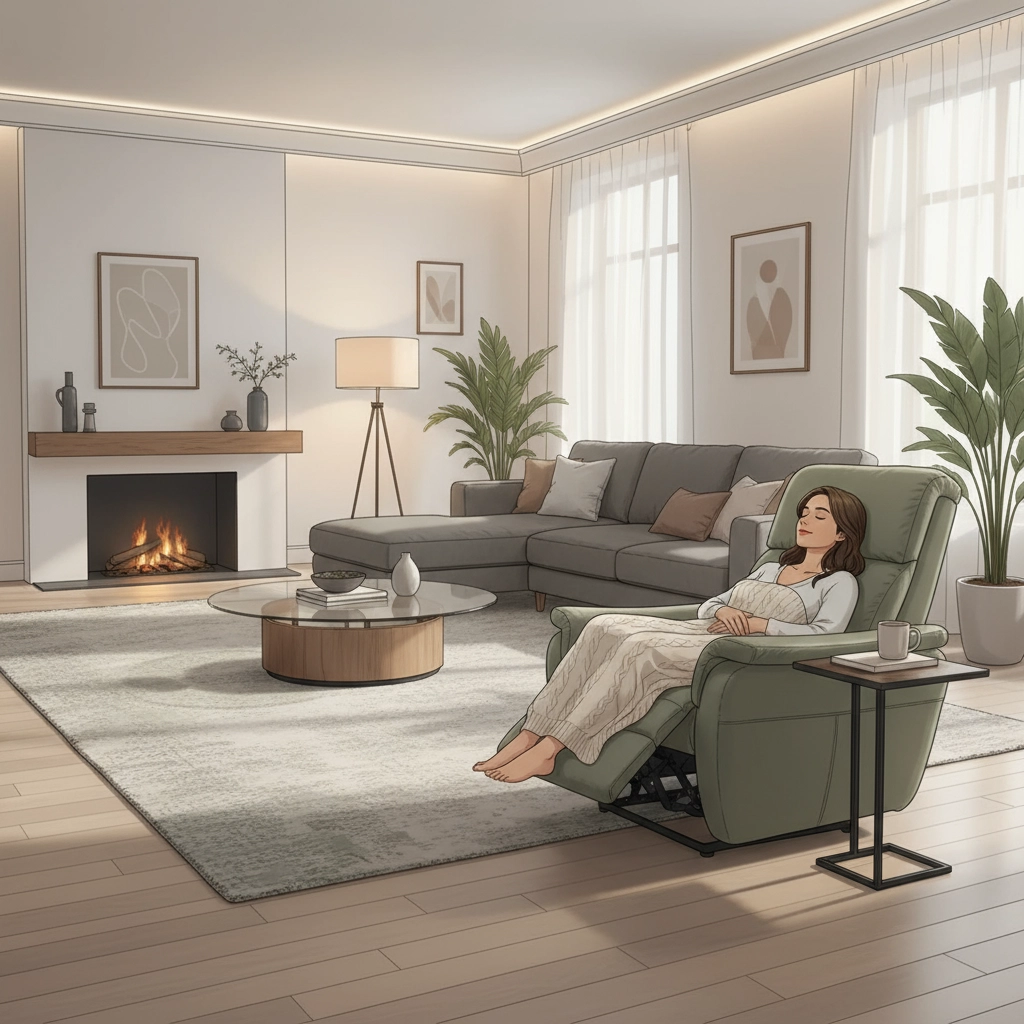How to Fix Noisy Recliner Seats: Because Your Seat Shouldn’t Sound Like It’s in a Horror Movie
You finally sit down. It’s been a long, long day. You’re ready to recline, relax, maybe even drift off into a blissful moment of silence—
SQUEEEEEK.
Ah yes, nothing says serenity quite like recliner seats that sound like they’re possessed.
Whether you’ve got a classic manual recliner chair or a sleek motorized recliner, one thing’s for sure: nobody signs up for jump-scares from their furniture. You deserve a throne of peace, not a creaky haunted house prop.
Let’s fix that noise once and for all.

1. First, Detective Mode: Where’s the Noise Coming From?
Before you can fix it, you’ve got to find it. Flip your recliner seat over (carefully!) and gently move the mechanism while listening for the source of the sound.
Is your motorized recliner groaning every time it moves up or down? Or is your manual recliner chair’s lever squeaking when pulled? Maybe it’s the frame creaking under pressure or the springs chirping when you shift your weight.
Try reclining slowly and pinpointing exactly where the sound is coming from. Take mental notes—or actual notes. It’s DIY detective work at its finest.
2. Tighten Up the Drama
Loose bolts are classic culprits in the world of noisy furniture. And whether you’re sitting on a top-end power recliner chair or a budget recliner seat from a weekend sale, those little bits of hardware can make a big racket.
Use a wrench or screwdriver to tighten all visible screws and bolts. Don’t over-tighten—you’re not building a rocket—but give everything a snug fit. Focus especially on the arm joints, base, and reclining mechanism.
Even the smallest wiggle can result in a full-blown symphony of squeaks if left unattended.
3. Lubricating the Moving Parts of your Recliner chair
Sometimes, your recliner seat just needs a little oil therapy. While WD-40 can work in a pinch, it’s not the best long-term solution. For the joints and moving parts of both manual recliner chairs and motorized recliners, go for white lithium grease or silicone spray.
Apply the lubricant to all moving metal parts—springs, pivot points, hinges. Work the recliner seat back and forth a few times to help it settle in. Not only will it silence those squeaks, but it’ll also protect the mechanism from wear and tear.
4. Wood-on-Wood Crimes
Here’s a lesser-known villain: the frame. Many motorized recliners have wooden frames. Over time, wood-on-wood contact under stress causes creaking.
Solution? Sprinkle some baby powder in the spots where wood rubs against wood. Gently work the powder into the creases with a cloth. This reduces friction and gives your recliner seat the spa treatment it didn’t know it needed.
It’s a low-cost, low-effort hack that works whether your chair came from a designer collection or was scooped up during a recliners for sale event.
5. Leather Squeaks Be Gone
Sometimes the squeak isn’t mechanical—it’s material. Leather-on-leather friction can cause noise, especially in manual recliner chairs with well-loved cushions.
Use a high-quality leather conditioner to soften the material. Not only will it reduce the squeak, but it’ll keep your leather looking fresh and luxurious. Think of it as self-care—for your leather recliner seat.
Also, check for loose or wrinkled sections of upholstery. A gentle repositioning or tightening can help minimize rubbing sounds.
6. Motor Issues? Handle With Care
If your motorized recliner sounds like it’s struggling—grinding, buzzing, or stalling—it could be more than just a squeak. First, check the power supply. Loose cables, faulty plugs, or even dust build-up can cause inconsistent power flow.
If the sound seems mechanical, inspect the motor area (with the power OFF). Look for worn gears, bent rods, or misaligned tracks. A drop of lubricant on the motor gear can help, but if it persists, consider professional servicing.
Whether it’s a basic model or a top-tier power recliner chair, a little care can keep the motor humming—and not screeching.
7. Maintenance Is Self-Care for Furniture
Here’s your long-term solution: make recliner seat maintenance a monthly ritual. Set a reminder to inspect and gently clean all moving parts. Tighten any loose hardware, clean off dust, and apply lubricant where needed.
For motorized recliners, check the power cord and all connections. For manual recliner chairs, pay attention to lever resistance and spring flexibility.
This small habit can extend the life of your favorite chair and save you from urgently typing “best recliner seats near me” when yours suddenly gives up.
Comfort Shouldn’t Be Noisy
At the end of the day, your recliner seat should feel like a hug from the universe—silent, supportive, and comforting.
Whether it came from a premium brand or a weekend hunt through recliners for sale listings, your seat deserves a little care and attention. So do your ears.
Because the only thing that should creak late at night… is the plot twist on your favorite show—not your furniture.
Ready to join the recliner revolution? Explore Hush Hivens —where comfort whispers, “You’ve earned this.”
Blog
Get fresh home inspiration and helpful tips from our interior designers

